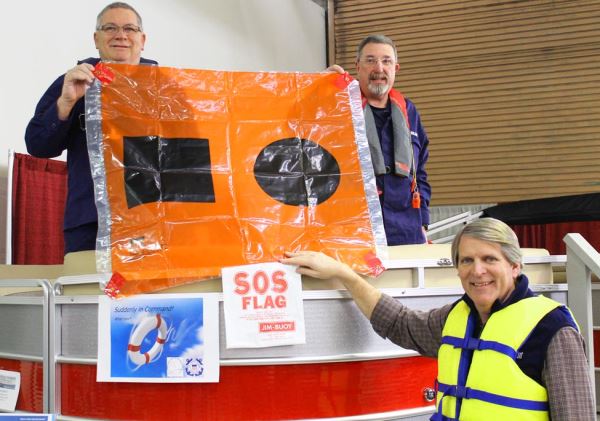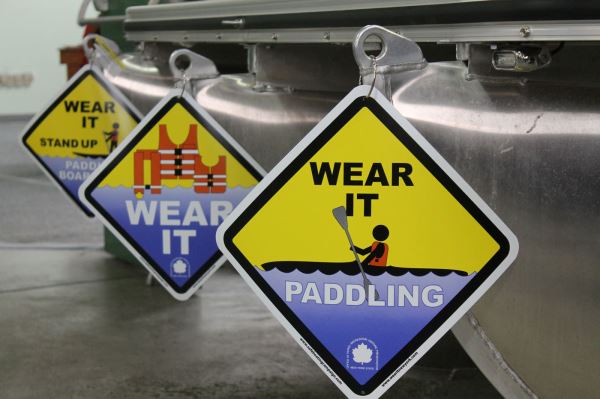
Emergency! Emergency! What’s the first thing you do when mishap strikes while you’re out on the water? The folks driving the New York Sea Grant Discover Clean and Safe Boating campaign are making it their business to teach people everywhere those golden boating basics that will keep everyone safe if there’s ever an emergency on the water.
 Coming up with ten tips to promote cleaner, safer boating everywhere—no matter the size of the vessel—is something any boat-lover should perk up and listen to. Several marinas are already requesting this program for their sites. Going strong since 2008, the NYSG Discover Clean and Safe Boating campaign has reached out to educate over half a million boaters, anglers, duck hunters, pontoon boat and paddle sports enthusiasts, deaf boaters, and (in 2014) New York first responders who handle water-related emergencies.
Coming up with ten tips to promote cleaner, safer boating everywhere—no matter the size of the vessel—is something any boat-lover should perk up and listen to. Several marinas are already requesting this program for their sites. Going strong since 2008, the NYSG Discover Clean and Safe Boating campaign has reached out to educate over half a million boaters, anglers, duck hunters, pontoon boat and paddle sports enthusiasts, deaf boaters, and (in 2014) New York first responders who handle water-related emergencies.
Granted, houseboats are unique to their own, but these tips will help you, too. Here are their ten suggestions to keep in mind when you're out on the water:
1. Learn about Suddenly In Command training so everyone aboard can be prepared to act calmly and properly in the event of an emergency on the water.
2. Make sure all passengers are wearing a proper life jacket. A throwable floatation device is required onboard boats more than 16 feet long.
3. Learn how to conduct an easy-to-do Clean, Drain, Dry inspection of your watercraft, trailer and gear to remove aquatic invasive species and debris each time you enter and leave new water. (Good to remember for PWCs and runabouts, no?)
5. Check the number and expiration date/s of onboard fire extinguisher/s and flares. Store flares and distress signals in dry compartment. The Suddenly In Command intro with New York Sea Grant and the US Coast Guard Auxiliary shows how to properly ignite and handle a flare.
6. Use a fuel nozzle bib when fueling your boat and a bilge sock to keep marine fuel from spilling into the water.
7. Make sure all vessel lights are working and flashlights have fresh batteries.
8. Have a proper device onboard to receive weather alerts.
9. Check to be sure you have the proper navigational charts onboard.
10. Check that the boat horn, whistles, distress flag and other means of signaling an emergency distress are in working order.
Photos credited to Oswego County Today